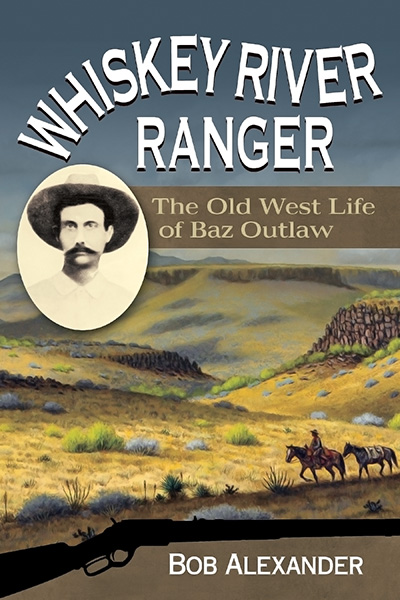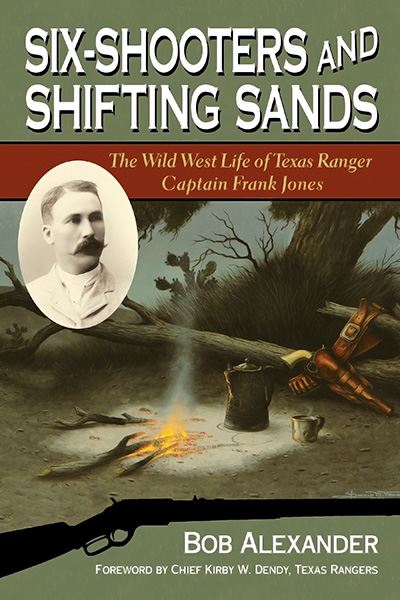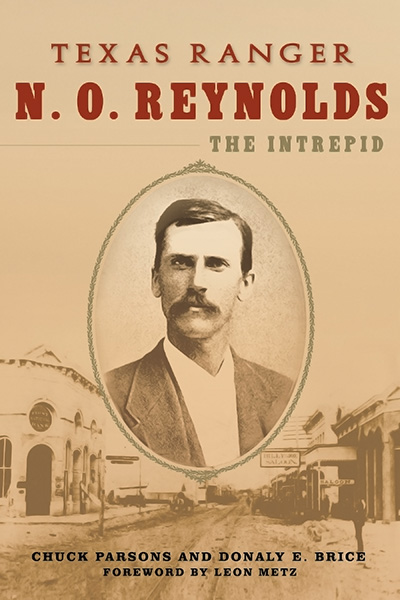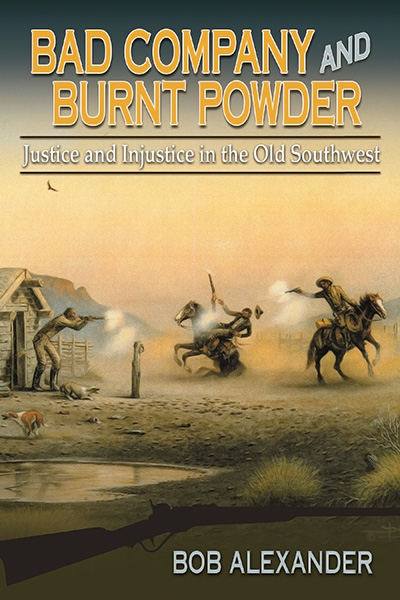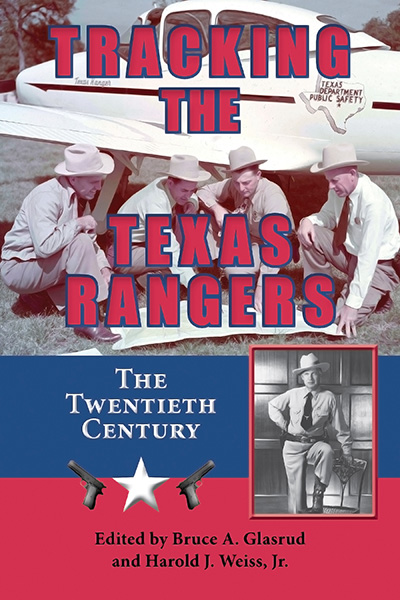VOL. 10: Frances B. Vick Series
September, 2012
Published
384
Pages
9 b&w photos. Map. Notes. Bib. Index.
Features
About Glasrud and Weiss's Tracking the Texas Rangers
Tracking the Texas Rangers is an anthology of sixteen previously published articles and chapter excerpts, arranged in chronological history, covering key topics of the intrepid and sometimes controversial law officers named the Texas Rangers. Determining the role of the Rangers as the state evolved and what they actually accomplished for the benefit of the state is a difficult challenge—the actions of the Rangers fit no easy description. There is a dark side to the story of the Rangers; during the war with Mexico, for example, some murdered, pillaged, and raped. Yet these same Rangers eased the resultant United States victory. Even their beginning and the first use of the term “Texas Ranger” have mixed and complex origins.
Tracking the Texas Rangers covers topics such as their early years, the great Comanche Raid of 1840, and the effective use of Colt revolvers. Article authors discuss Los Diablos Tejanos, Rip Ford, the Cortina War, the use of Hispanic Rangers and Rangers in labor disputes, and the recapture of Cynthia Ann Parker and the capture of John Wesley Hardin. The selections cover critical aspects of those experiences—organization, leadership, cultural implications, rural and urban life, and violence.
In their introduction, editors Bruce A. Glasrud and Harold J. Weiss, Jr., discuss various themes and controversies surrounding the 19th-century Rangers and their treatment by historians over the years. They also have added annotations to the essays to explain where new research has shed additional light on an event to update or correct the original article text.
“The editors of this anthology, prominent Ranger historians in their own right, have assembled a distinguished list of authors for an anthology that traces the history of the Texas Rangers during the decades when Texas was still the Wild West. The authors are all noted historians, and the selection ensures that the collective story they tell covers the wide range of viewpoints of who the Rangers were and what they did—black hats, white hats, and all the grays in between. This anthology will endure as a fair and balanced chronicle, both in narrative and interpretation, of arguably the foremost law-enforcement agency in American history.”—Robert M. Utley, author of Lone Star Justice: The First Century of the Texas Rangers
“I appreciated the extensive background information in the introduction and a nice bibliographical essay that will be important for other students of these topics.”—Paul Spellman, author of Captain J. A. Brooks, Texas Ranger and Captain John H. Rogers, Texas Ranger
“Glasrud and Weiss have created an important anthology of 21st-century perspectives on the Texas Rangers. It includes contributions and assessments by many of the leading scholars—a must for those studying the mystique of a Texas legend and an American icon.”—Byron A. Johnson, Director, Texas Ranger Hall of Fame and Museum, Waco
About the Editor
BRUCE A. GLASRUD is Professor Emeritus of History, California State University, East Bay; Retired Dean, School of Arts and Sciences, Sul Ross State University; and a Fellow of the Texas State Historical Association and of the East Texas Historical Association. Glasrud has published nineteen books including Buffalo Soldiers in the West and Brothers to the Buffalo Soldiers.
HAROLD J. WEISS, JR., is Emeritus Professor of History, Government, and Criminal Justice at Jamestown Community College. He received his doctorate in history from Indiana University at Bloomington. Weiss has published numerous articles and essays on the Texas Rangers and western law and order in the Journal of the West, Southwestern Historical Quarterly, and South Texas Studies.
Frances B. Vick Series: Recent Titles
See all titles in our Series: Frances B. Vick Series
Buy Now
Tracking the Texas Rangers: The Nineteenth Century
384 pp. 9 b&w photos. Map. Notes. Bib. Index.

